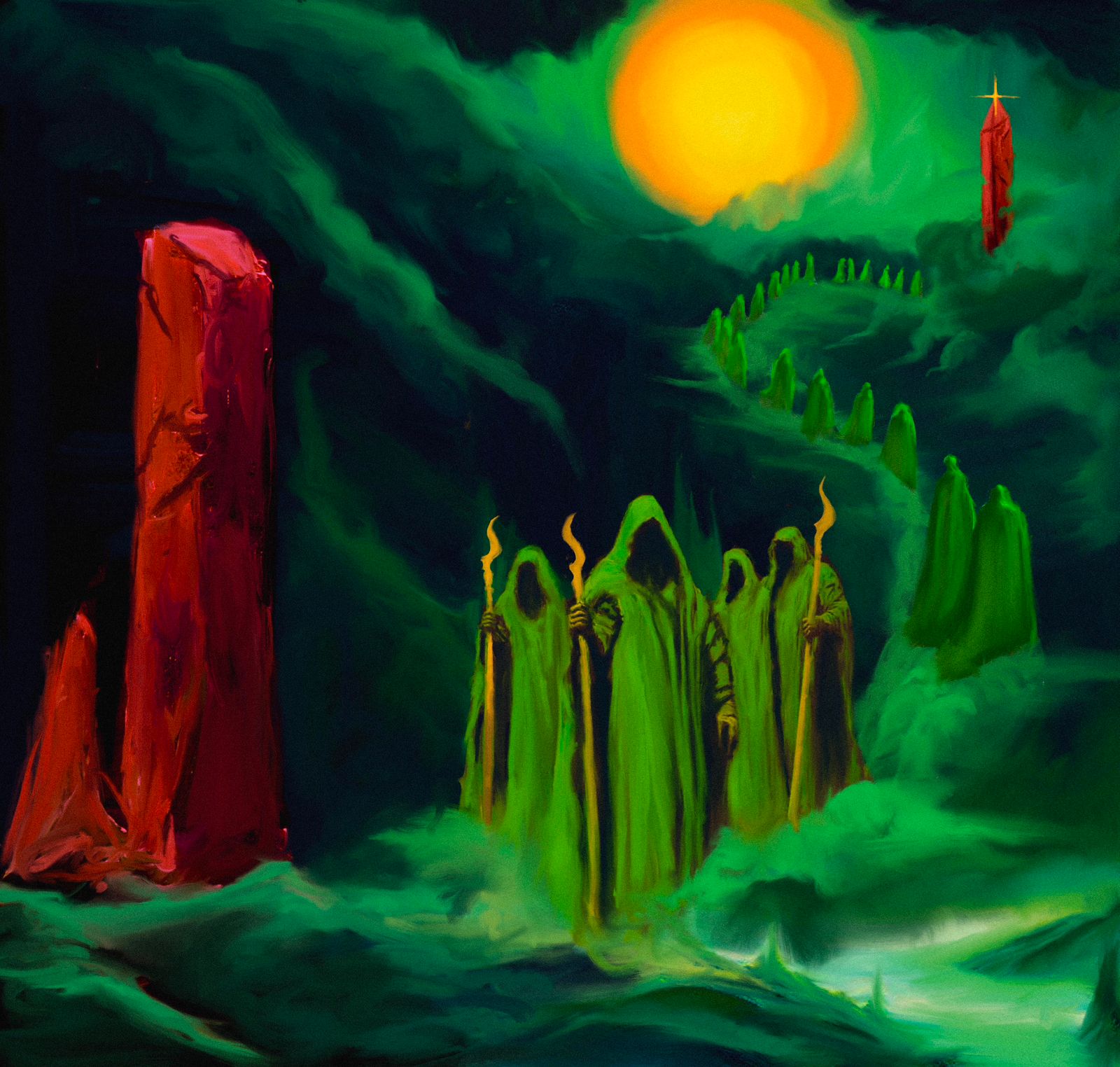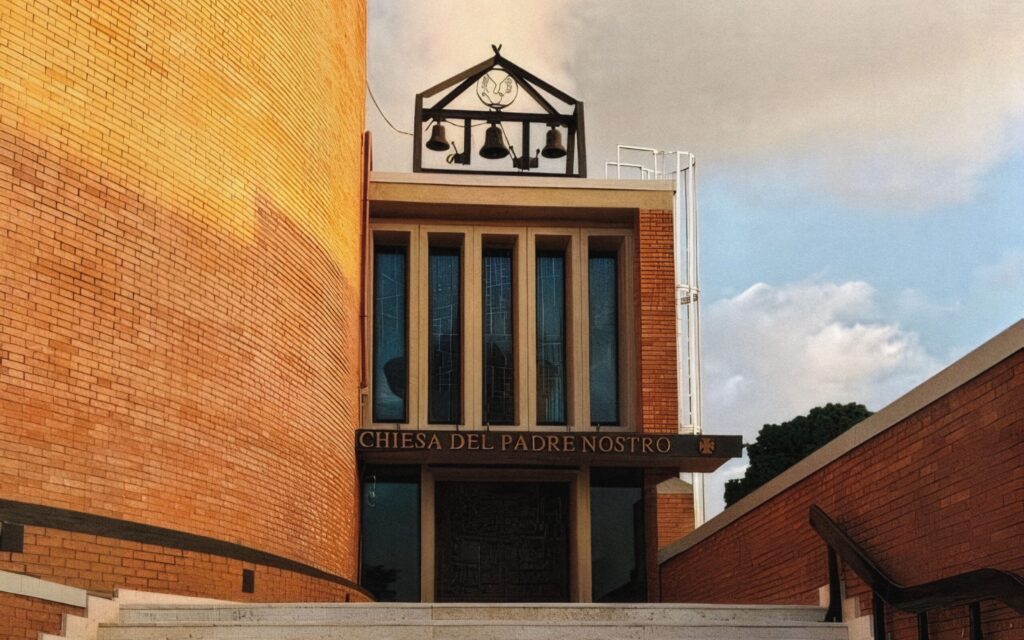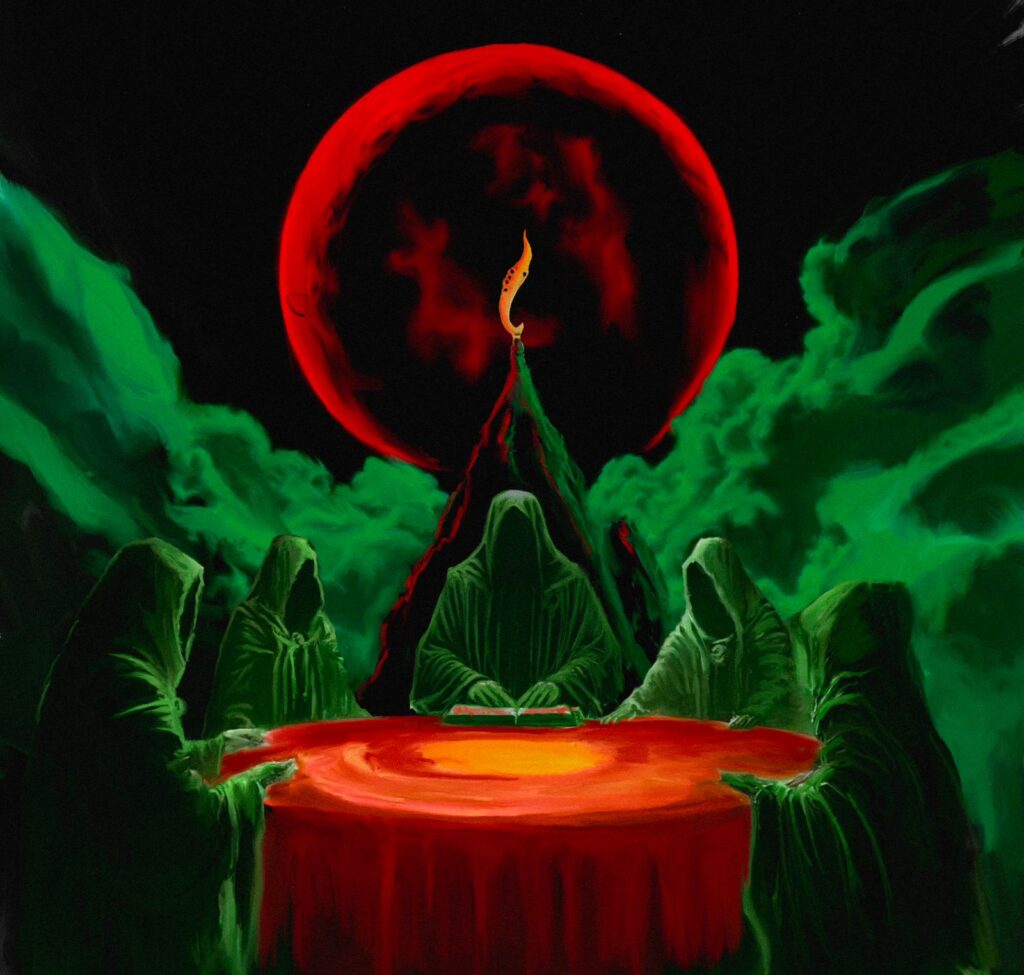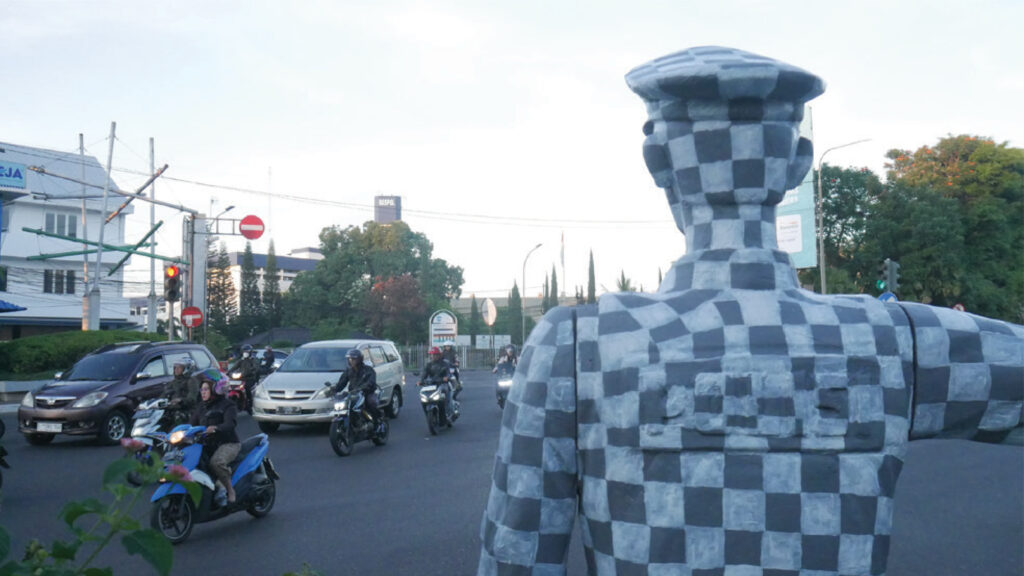Kampungan: Reclaiming Indigeneity and Cosmopolitanism in Bandung’s Underground Scene

In Indonesia, indigeneity is a fundamental part of the nation’s political participation and local discourse. With its 17,000 islands and around 700 ethnic groups, defining one’s identity and subsequently music production through an ethnic lens has always been a reality. From early on, the meanings and effects of indigeneity and cosmopolitanism have been core themes of Indonesia’s underground scene, which has gradually gained strength both locally and globally in artistic and political spheres. After the start of national consumer cultures in the 1980s, part of Suharto’s political agenda, cultural aesthetics became closely linked with the rising middle class, creating a dichotomy between modern cosmopolitanism and provincial vulgarity. During the period of “products vs subcultures,” the State framed the divide between civilised and uncivilised as a matter of personal taste rather than lineage.
Around this time, a new concept was introduced to describe the opposite of middle-class modernity: kampungan (backwards). The term, translatable as “of the village” or “of the slums,” implied that traditional tastes and customs were outdated symbols of a bygone era. Therefore, to discourage young people from holding onto traditional customs, kampungan was used to describe any cultural production that showcased elements of traditional culture. For example, a speaker of Bandung Generasi Muda Radio—the first Indonesian radio station dedicated to rock and metal in the 1960s—referred to a song from the 1990s album Songs from the Victorious City by British musicians Anne Dudley and Jaz Coleman as “kampungan but still good,” despite its fusion of rock and Egyptian traditional music:
[...] they invited musicians from the Egyptian plains to play music with an electronic and ethnic concept. From the album Sound from the Victorious City [sic] I present to you a tune with a kampungan feeling, but good nonetheless.
Just as the manufactured opposition between underground and alternative consumers was exploited by Suharto’s regime to foster a divide between the city and the countryside, modern and traditional life, kampungan was utilised as a tool to demonise rural lifestyles. These lifestyles were seen not only as resistant to Suharto’s vision of a cosmopolitan, competitive Indonesia, but also as the strongholds of socialist allegiance, which the state paranoically believed could resist after the genocidal operations of 1965-66. Weakening the image of local customs was thus a strategy to undermine embedded particularistic loyalties rooted in their social backgrounds—loyalties that the underground scene was similarly nurturing in opposition to the state.
There is virtually no difference between traditional and contemporary when music becomes not just entertainment but a sonically potent social force.
In fact, what Suharto did not anticipate was that the underground would be energised by such expressions of locality, inspiring and supporting them for years. If bands like Brazil’s Sepultura demonstrated that one need not be Euro-American to participate in metal’s cosmopolitanism—and that addressing local issues often linked to representing ethnic minorities—then, conversely, local arts could provide a framework to reposition the underground within broader Sundanese and Indonesian society.
Bands like Jasad and Karinding Attack—who either composed music inspired by the ancient Sundanese language or produced extreme metal using regional bamboo instruments—simultaneously expressed cosmopolitanism and indigeneity to articulate their political outlooks. In doing so, they created a feedback loop combining the best of both worlds. Cosmopolitanism enabled them to reject the nation’s political horizons as the only scope and recognise that metalheads worldwide shared similar socially motivated anguish (e.g., violence against the Xavante in Sepultura’s work versus destructive industrialisation processes in Bandung). Ethnolocality, meanwhile, offered a way to use history as a platform to redefine what it meant to have a voice as Sundanese citizens—rejecting the peripheral role that global metal often assigned to Southeast Asian bands like those mentioned.
The most remarkable aspect of this feedback loop is how the underground, as a set of ideologies, strategies, dreams, and practices, has been embraced by both regional and cosmopolitan musical phenomena, from young hardcore punks to réak musicians. While often maintaining their iconic aesthetics and musical styles, these expressions have evolved into politically motivated sonic and social structures, demonstrating that there is virtually no difference between traditional and contemporary when music becomes not just entertainment but a sonically potent social force.







